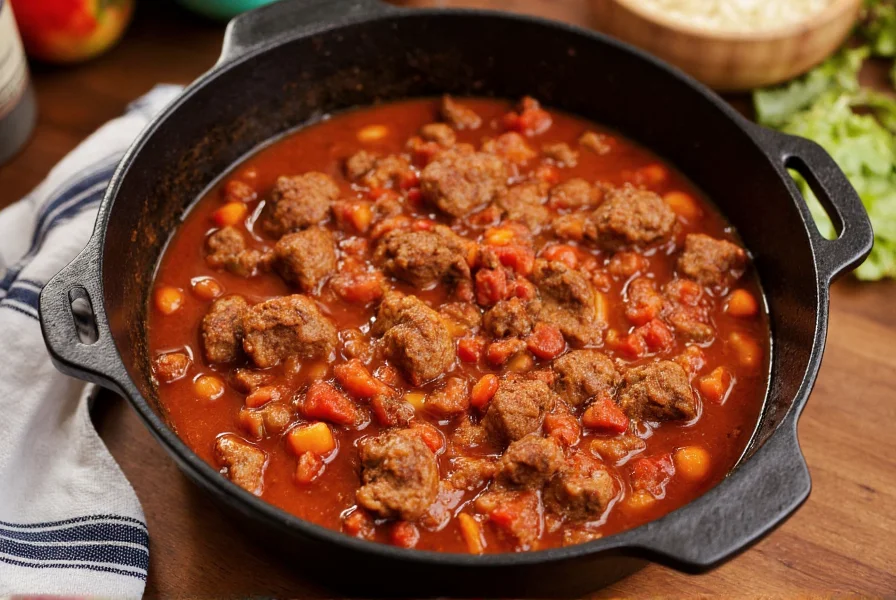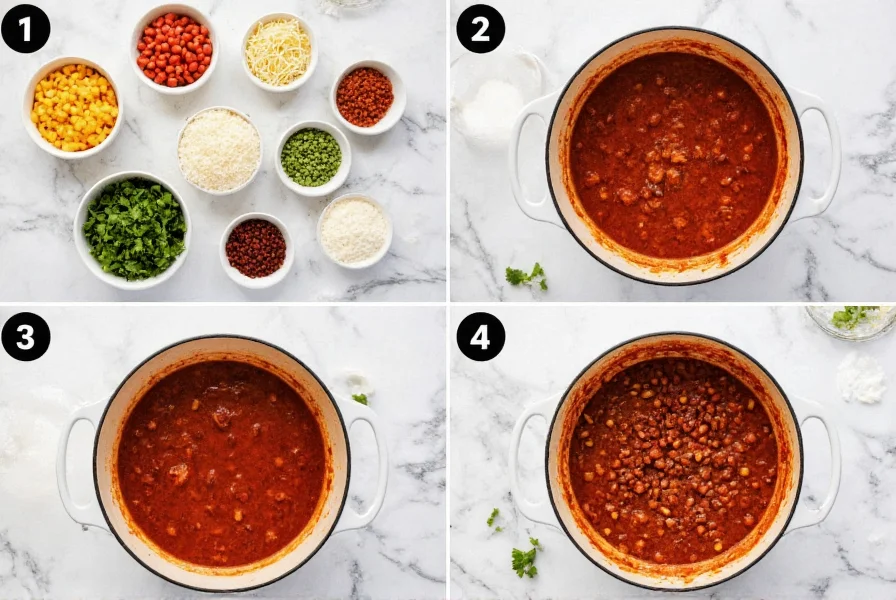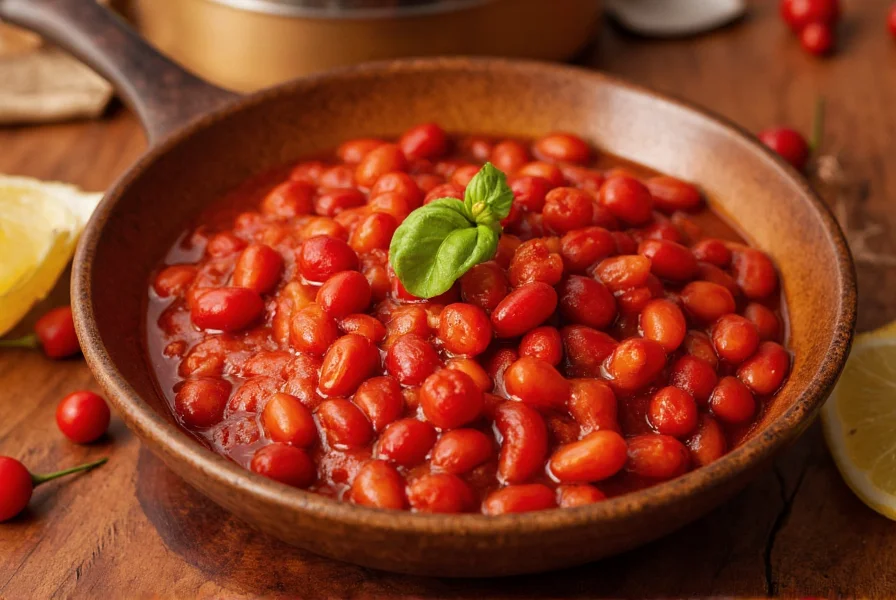If you've searched for “hormrt chili ehit no beans”, you're likely looking for information about beanless chili options—whether commercial products like Hormel’s offerings or traditional recipes. This guide clarifies the confusion and provides valuable information about chili without beans.
Understanding Beanless Chili Traditions
Chili con carne, the original Texas-style chili, traditionally contains no beans. This culinary tradition dates back to the 19th century when cowboys and settlers in Texas created hearty stews using available ingredients: beef, chili peppers, and spices. Beans were considered an addition that diluted the authentic flavor profile.
Many chili purists argue that beans turn chili into a different dish altogether—more like a bean soup with chili seasoning. The Chili Appreciation Society International, which hosts competitive chili cook-offs, explicitly prohibits beans in its championship categories.

Commercial Beanless Chili Options
When searching for “hormrt chili ehit no beans,” you're likely referring to Hormel products. Hormel Foods produces several beanless chili varieties:
| Product Name | Bean Content | Key Features |
|---|---|---|
| Hormel Hot Dog Chili Sauce | No beans | Tomato-based, mild heat, designed for hot dogs |
| Hormel Chunky Original Chili | Contains beans | Includes kidney beans, chunky beef pieces |
| Hormel Natural Choice Chili | No beans | Simple ingredients, no artificial preservatives |
For those seeking homestyle chili with no beans from commercial brands, check labels carefully as many mainstream chili products include beans. Specialty brands like Deep Ellum Brewing Co. and Texas-based Kreuz Market offer authentic beanless options.
Why Choose Chili Without Beans?
Several compelling reasons explain why many prefer beanless chili:
- Authentic flavor profile – Allows the complex spice blend and meat flavors to shine
- Better texture – Creates a thicker, meatier consistency preferred in traditional recipes
- Dietary considerations – Lower carbohydrate content for certain eating plans
- Culinary versatility – Works better as a topping for hot dogs, nachos, or baked potatoes
Simple Homemade Beanless Chili Recipe
Creating authentic homemade chili no beans recipe requires quality ingredients and proper technique:
- Brown 2 lbs of chuck roast, cut into 1/2-inch cubes
- Add 1 large diced onion and 4 minced garlic cloves
- Stir in 3 tbsp chili powder, 1 tbsp cumin, 1 tsp oregano
- Pour 1 (28-oz) can crushed tomatoes and 1 cup beef broth
- Add 2 diced chipotle peppers in adobo sauce for heat
- Simmer covered for 2-3 hours until meat is tender
- Adjust seasoning with salt, pepper, and a touch of cocoa powder

This traditional texas chili recipe without beans yields a rich, complex flavor that develops beautifully when made ahead—chili always tastes better the next day as flavors meld.
Serving Suggestions for Authentic Chili
Beanless chili shines when served with complementary toppings that enhance its robust flavor:
- Freshly grated cheddar or Monterey Jack cheese
- Sliced green onions or chives
- Crumbled tortilla chips for texture
- Avocado slices or guacamole
- A dollop of sour cream or Mexican crema
For the most authentic experience, serve in a bowl with warm cornbread on the side—never with rice or additional starches that would compete with the chili's concentrated flavor.
Frequently Asked Questions
Why don't traditional chili recipes include beans?
Traditional Texas-style chili recipes exclude beans because they originated among cowboys and settlers who used only available ingredients: meat, chili peppers, and spices. Beans were considered a later addition that diluted the authentic flavor profile. Competitive chili organizations like the Chili Appreciation Society International prohibit beans in championship categories to preserve the dish's integrity.
Does Hormel make chili without beans?
Yes, Hormel produces several beanless chili products including their popular Hot Dog Chili Sauce and Natural Choice line. Always check the label as their standard Chunky Original Chili contains kidney beans. The Hot Dog Chili Sauce is specifically formulated without beans to complement hot dogs while providing authentic chili flavor.
How can I thicken beanless chili?
Beanless chili naturally thickens during long simmering as the meat breaks down and releases collagen. For additional thickness, try mashing some of the cooked meat against the pot wall, adding a small amount of masa harina (corn flour), or reducing the liquid by simmering uncovered for the final 30 minutes. Avoid flour-based thickeners which can create an unpleasant texture.
What's the difference between chili with and without beans?
Chili without beans features a more concentrated meat and spice flavor with a thicker, heartier texture. Bean-containing chili has a soupier consistency with added carbohydrates and fiber. Purists consider beanless chili the authentic version, while bean-inclusive versions represent a regional adaptation. The choice ultimately depends on personal preference and intended use—beanless works better as a topping while bean-inclusive makes a more substantial standalone meal.











 浙公网安备
33010002000092号
浙公网安备
33010002000092号 浙B2-20120091-4
浙B2-20120091-4